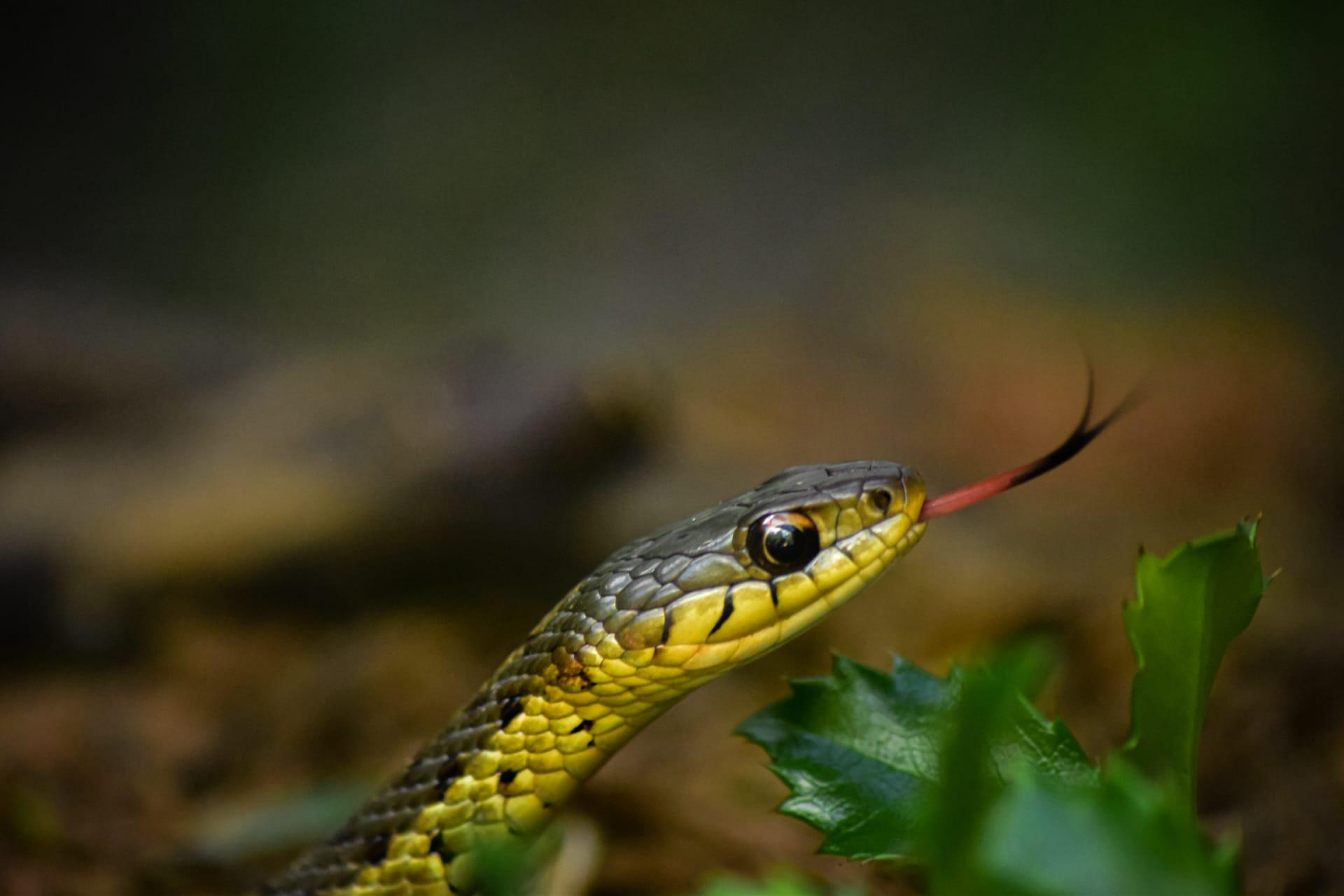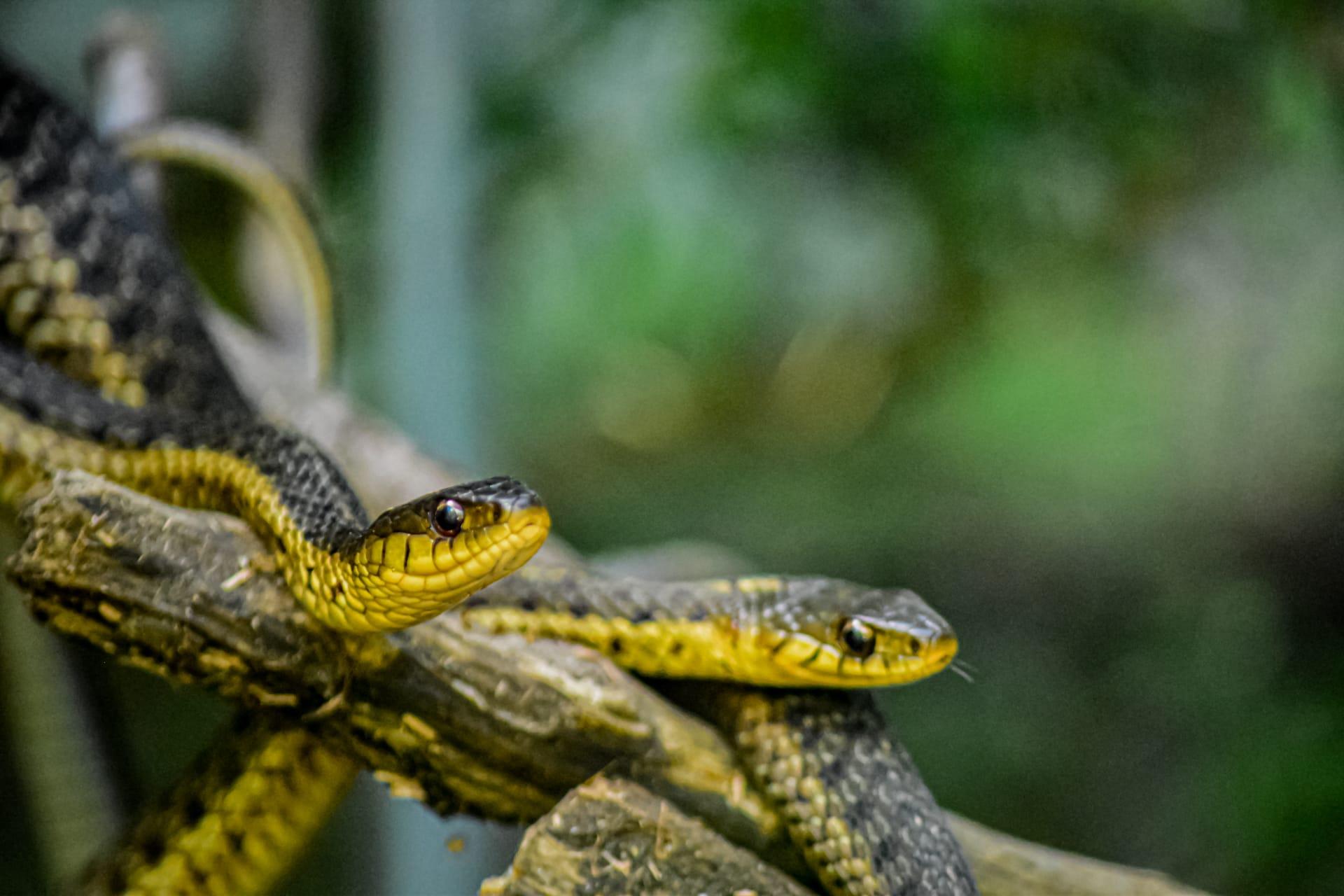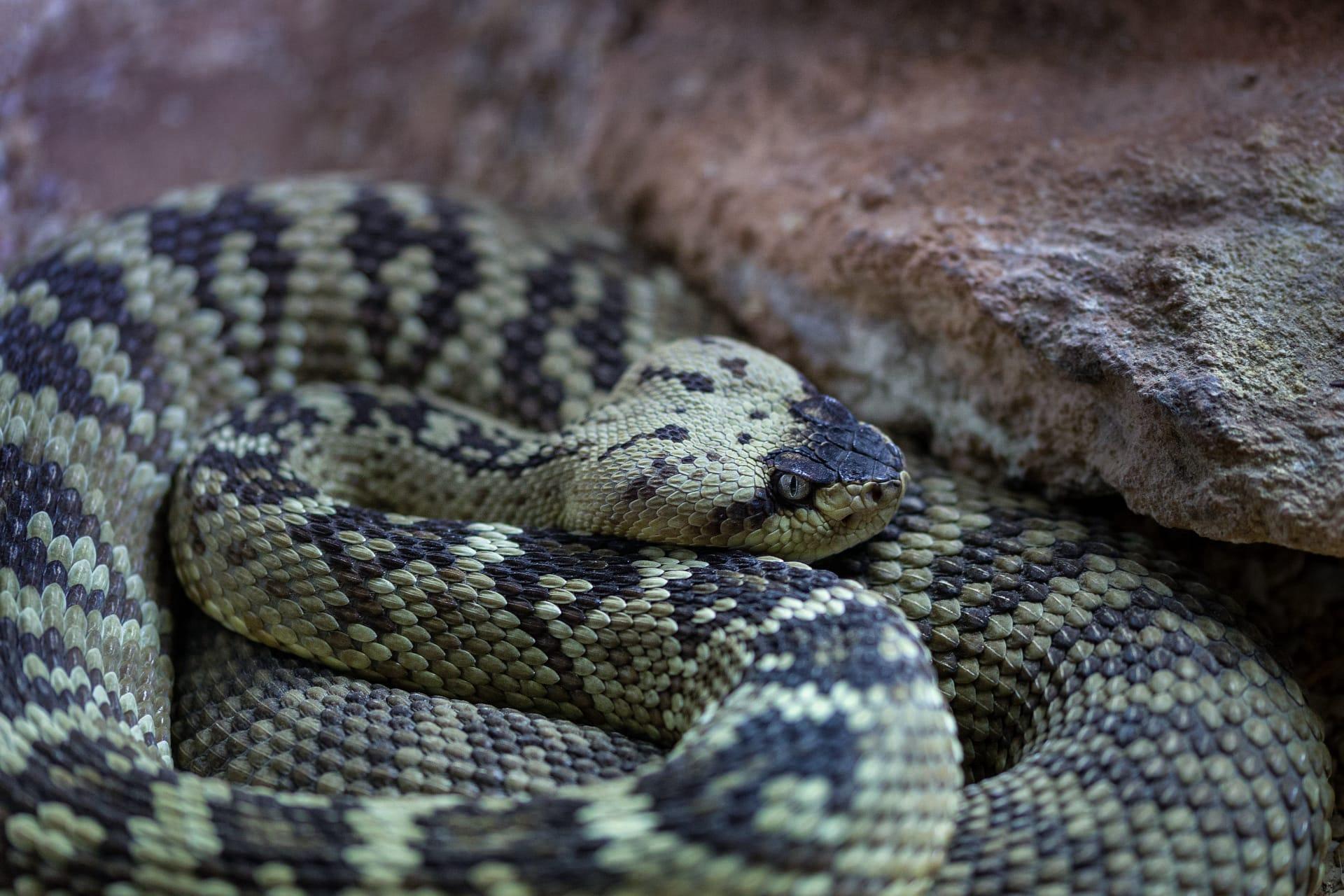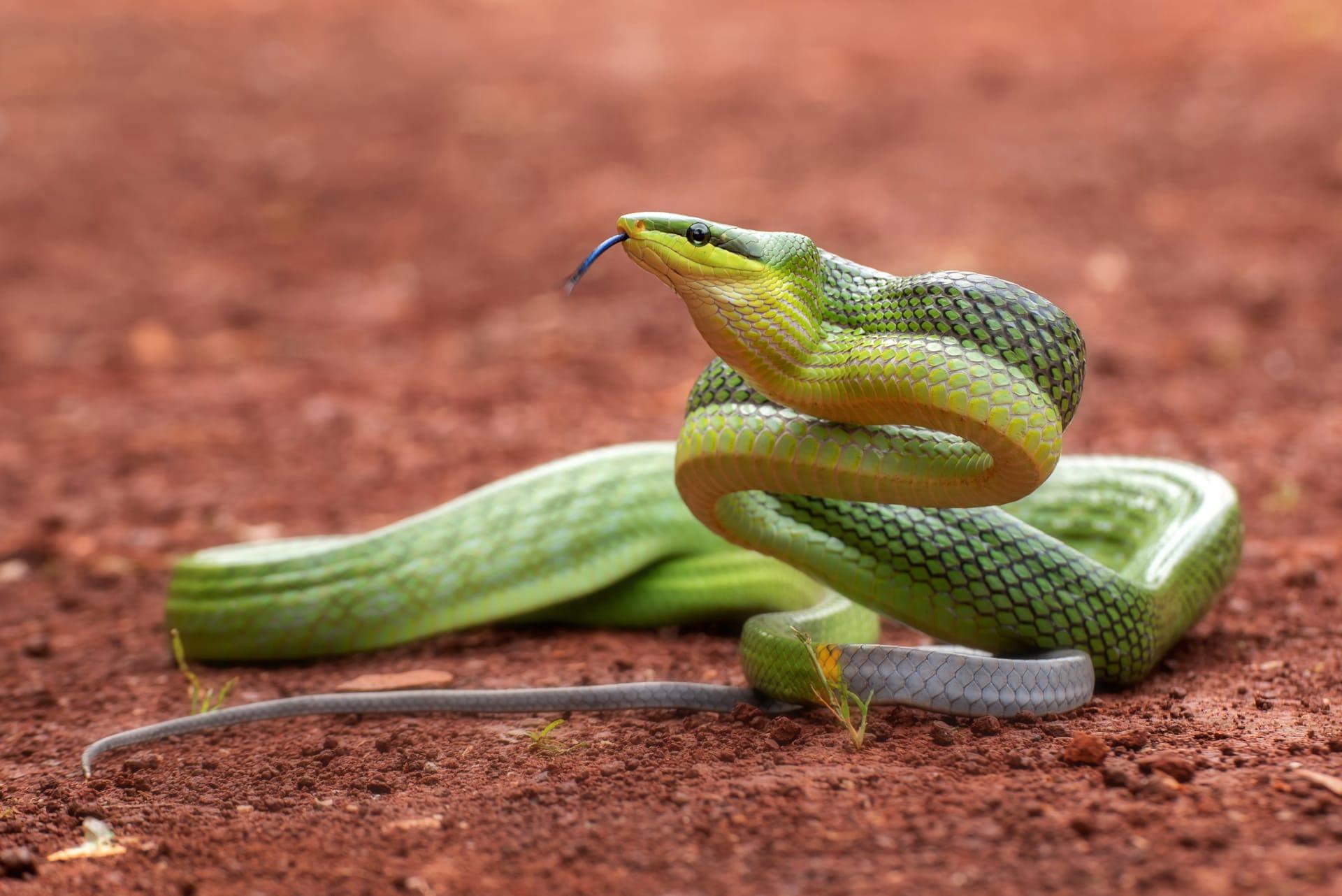Pit Vipers
- Home /
- Mini Encyclopedia /
- Animal /
- Pit Vipers
1
Pit vipers, scientifically known as Crotalinae, are a subfamily of venomous vipers found predominantly across the Americas and parts of Asia. This group is characterized by the presence of a heat-sensing pit organ located between each eye and nostril, giving them their name. These snakes are diverse, including genera such as Bothrops, Crotalus (which includes rattlesnakes), and Agkistrodon, among others. Each genus has distinct features, such as the rattling tail of Crotalus or the aquatic nature of some Bothrops species.
The distribution of pit vipers is extensive, covering a wide range of habitats. They are primarily found in the Americas, stretching from southern Canada through the United States, Central America, and into South America. In Asia, their presence extends from eastern Russia through East and Southeast Asia, including countries like China, Japan, and Indonesia. These snakes adapt to various environments, from arid deserts and grasslands to humid rainforests and mountainous regions. Their ability to thrive in diverse climates underlines their evolutionary success.

2
Question: Do pit vipers always inject venom when they bite?
Answer: It's a common misconception that pit vipers always inject venom during a bite. In reality, these snakes can control venom delivery. This phenomenon, known as a "dry bite," occurs when a viper bites but releases no venom. It's a defensive tactic, not intended for prey capture, and is more common than many people think. Research indicates that up to 50% of bites from venomous snakes may be dry bites. The reasons behind this include conserving venom for actual threats or prey, and the snake's assessment of the threat level posed by the target.

3
Pit vipers possess a remarkable survival strategy that revolves around their specialized pit organs. These organs are incredibly sensitive to infrared radiation, allowing the snakes to detect warm-blooded prey even in complete darkness. This adaptation is particularly useful for nocturnal hunting, enabling them to precisely strike prey with a high success rate. Moreover, their camouflage abilities are highly refined, blending seamlessly into their natural habitats, which assists in both predation and evasion from predators.
Another significant aspect of pit viper survival is their venom. Each species has a unique venom composition, evolved to suit their specific diet and environment. The venom is not only a potent tool for subduing prey but also plays a role in digestion. It starts breaking down the prey from the inside, making the digestion process more efficient for the snake. Additionally, the venom deters predators, serving as a powerful defense mechanism.

4
In the ecosystem, pit vipers play a crucial role as both predators and prey. As predators, they help control the population of their prey species, which often includes rodents, amphibians, and other small animals. By keeping these populations in check, pit vipers indirectly contribute to the balance of plant life and the overall health of the ecosystem. Their predatory role also aids in controlling the spread of diseases like Lyme disease, often carried by rodents.
On the flip side, pit vipers also serve as prey for larger animals, such as birds of prey, larger snakes, and mammals like foxes and wild cats. Their existence in the food chain supports the dietary needs of these predators. Furthermore, their venomous nature adds a dynamic of caution and adaptation within the ecosystem, influencing the behavior and evolution of other species.

5
Film: "Vipers in the Mist" (United States, 2018) is a captivating documentary that delves into the mysterious world of pit vipers. It explores their habitats, hunting strategies, and unique sensory abilities. The film, shot in various locations across the Americas, offers stunning visuals of these snakes in their natural environments, providing insights into their crucial role in maintaining ecological balance.
Book: "Venomous Reptiles of the Western Hemisphere" (United States, 2005) by Jonathan A. Campbell and William W. Lamar is an extensive guide to venomous snakes, including pit vipers. This book, rich in detail, covers various species found across the Americas, their biology, behavior, and interaction with their ecosystems. It's a valuable resource for herpetologists and nature enthusiasts alike.
Book: "The Secret World of Snakes" (United Kingdom, 2016) by Graham Alexander offers a broader look at snakes, with a significant focus on pit vipers. It discusses their evolutionary history, survival strategies, and the role of venom. The book is praised for its accessible language and engaging narrative, making it suitable for a wide audience interested in learning about these fascinating reptiles.